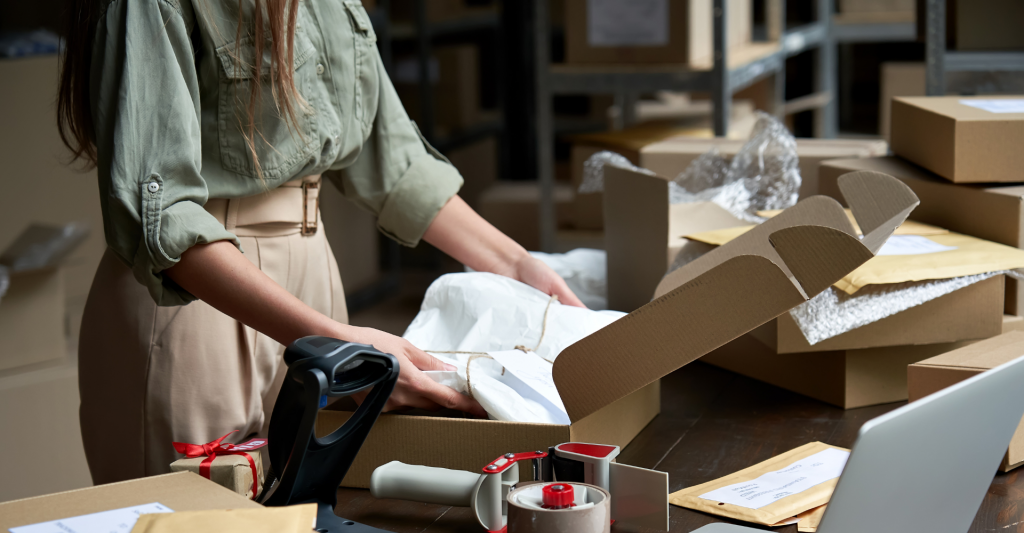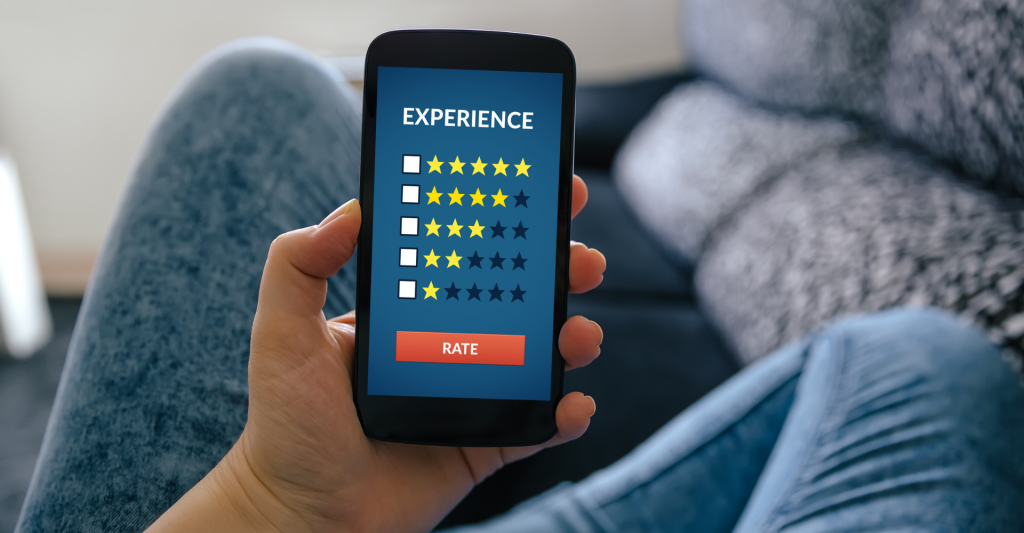How To Create A Memorable Packaging Experience
This speaks to the unboxing experience of your customers. This is the moment when consumers finally get to see and touch your product for the first time, and it can be a make-or-break for your brand.
This process can involve intense emotions, as buyers may be excited or nervous about receiving a new product. The first stage of the rush of emotion happens when the product is first delivered to them and lasts only a few seconds.
The second stage is when the customer finally opens the box to see what they have ordered. You need to seize the moment with your product packaging and make the moment of first impression count.
- So, what does your brand’s unboxing experience look like now?
- Do you transport your brand & values through your packaging?
- What makes your packaging unique?
Now, let us take a deeper dive into what packaging involves.
First, in simple terms, packaging refers to all the material that covers and protects goods.
We can look at packaging from different levels. From a logistic and chain supply perspective, there are between 3-4 levels:
- Primary
- Secondary
- Tertiary packaging
- Quaternary (e.g. containers)
Primary packaging is the packaging that is in direct contact with the product or the product’s container, e.g. the primary packaging for wine is the bottle. It is where your product is stored.
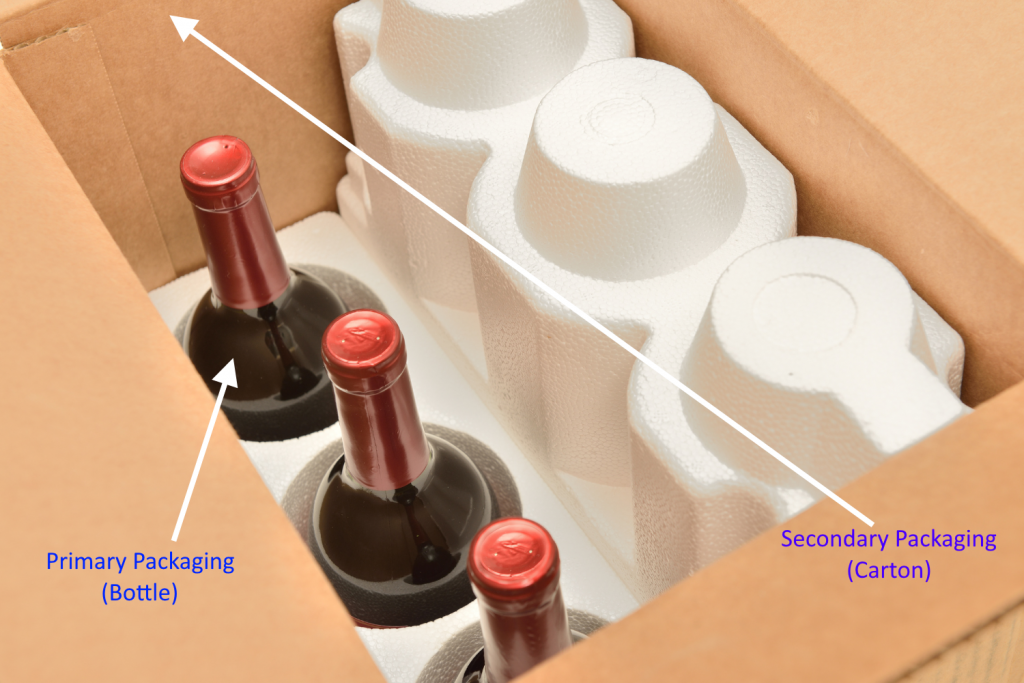
Secondary packaging is where the product packaging and the products are stored. For instance, a cosmetics pack, a wine bottle box, etc.
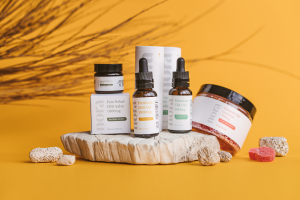
Tertiary packaging is the material that protects the product and its packaging during transportation e.g., a cardboard box
From a Direct-to-consumer perspective, only two levels of packaging are of interest to us:
- Product packaging (primary)
- Shipping packaging (secondary)
But there is yet another level that is indispensable to optimising your customer experience:
- Extras and accessories
This includes flyers, product inserts, handwritten notes, thank you cards, free product samples, product info material and cushions that protect the product from damage etc.
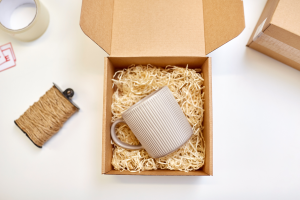
Types Of Product Packaging Materials and Containers
Your product containers and materials are essential components of the packaging experience and should be chosen carefully. They should enhance the product and makes it easy to access and use.
Poorly designed packaging can make the product difficult to use and even damage it.
Examples of packaging materials and containers are bottles and jars, corrugated boxes, paperboard, metal cans, wood, plastic, paper, tissue etc.
Start auditing your packaging experience by asking some of the questions below:
- Are our packaging materials durable and easy to handle?
- Is the design easy to understand and use?
- Does the packaging protect the product from damage?
So far, we have examined the three levels of packing for DTC brands – product packaging, shipping packaging, and extras.
Each level has distinct goals that contribute to the overall customer experience.
By understanding the goals of product packaging, your brand can create packaging that protects your customers’ products, increases perceived value, and act as a powerful marketing tool.
What are the goals of Product Packaging?
Here are some of the goals you should seek to accomplish with your packaging:
Protection of Products
The first goal of product packaging is to protect your products from damage. This includes everything from physical damage to wear and tear.
Fewer damaged items mean fewer returns, which saves you time and money. It also helps you maintain a high level of quality control.
Packaging increases the perceived value
The second goal of product packaging is to increase perceived value. This is the customer’s first impression of your product, and it can make or break their decision to buy again.
Packaging that looks cheap or flimsy will reflect poorly on your product. On the other hand, high-quality packaging will make your product look more expensive and valuable.
Packaging is a Marketing tool
The third goal of product packaging is to act as a marketing tool. Product packaging can boost word-of-mouth marketing, referrals, social media sharing, and overall customer satisfaction.
Great packaging creates a memorable unboxing experience. It also helps to build a stronger brand identity.
Packaging can also be used to reinforce your company values and add additional value to your products. Using packaging to highlight your commitment to quality, environmental, or social responsibility can create a deeper connection with your customers and build loyalty.
When done right, custom product packaging can be a powerful marketing tool that helps you stand out from the competition and attract new customers.
Customer experience optimization
Brands can take their customer experience a notch higher by making the unboxing experience personal.
This is where the extras and accessories as the third level of packaging come into play.
Add a handwritten note or a special thank-you gift to show your customers that you appreciate their business. This personal touch will make them feel valued and appreciated, which will go a long way in building brand loyalty.
Is your brand looking to take your customer experience to the next level,? Start by auditing your present product packing to strike an emotional connection with your brand.
So far we have looked at the Shipping and Product Packaging experience as two of the purchase touchpoints that are critical to customer experience optimization. In our subsequent articles, we shall look at four other touchpoints that, if optimised, will help you drive repeat purchases and create brand loyalists.
These are:
- Post-purchase communication touchpoint
- Customer support touchpoint
- Returns touchpoint
- Shopping personalization
- Community Building touchpoint
Do you need help with auditing your customer experience? Or, are you looking to convert more of your visitors to paying customers, and one-time customers to loyal brand advocates?
Feel free to reach out to us HERE.

